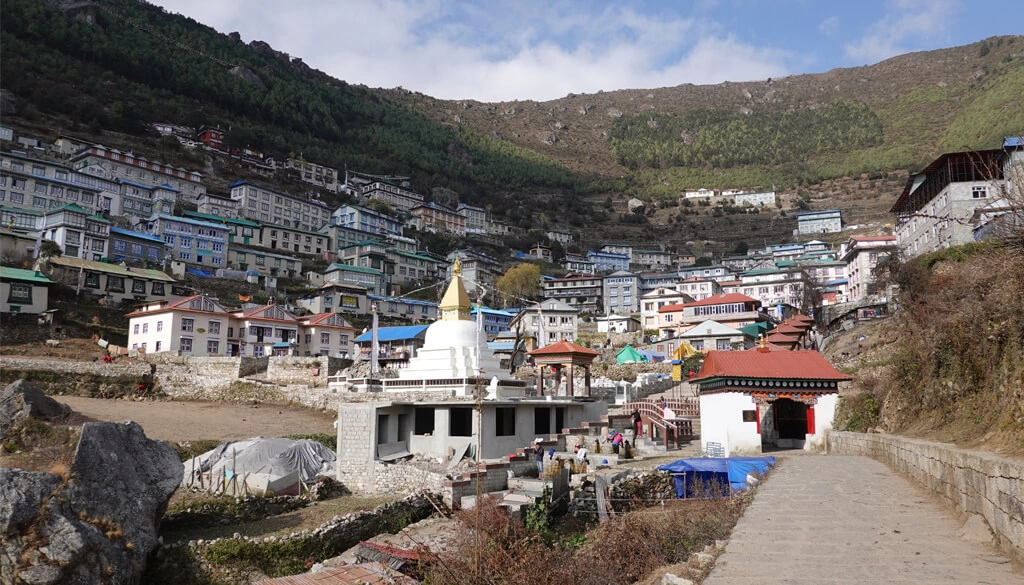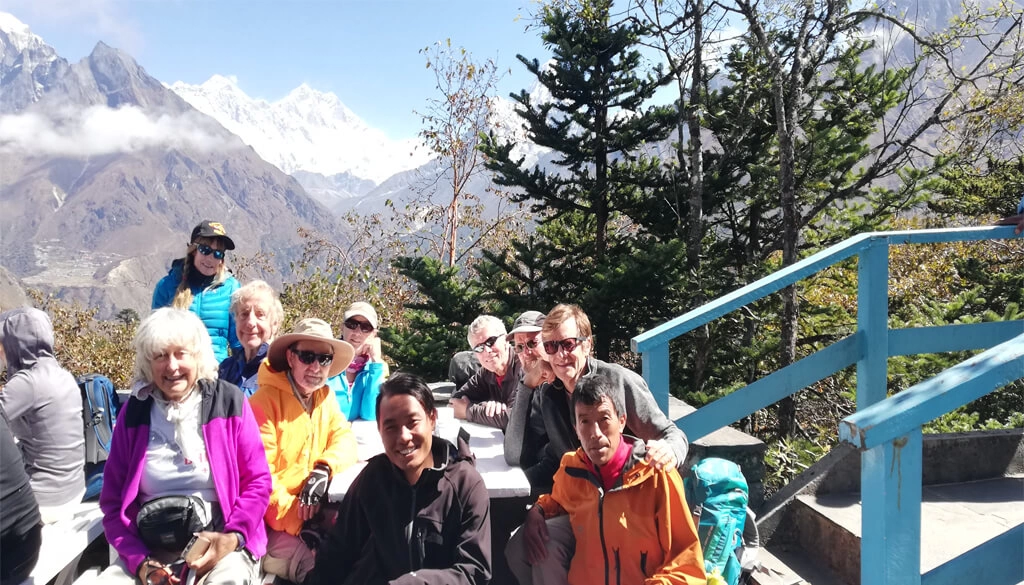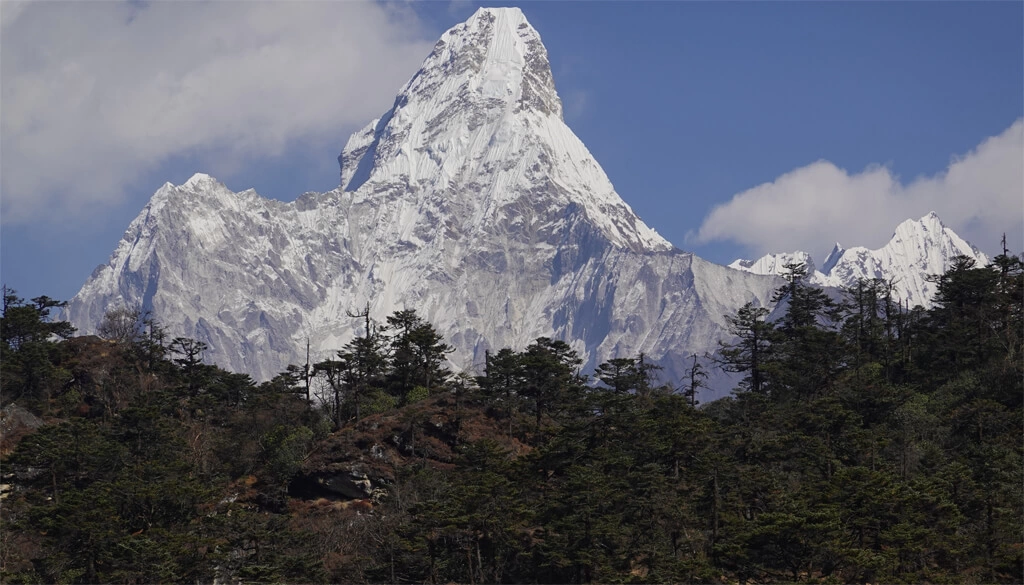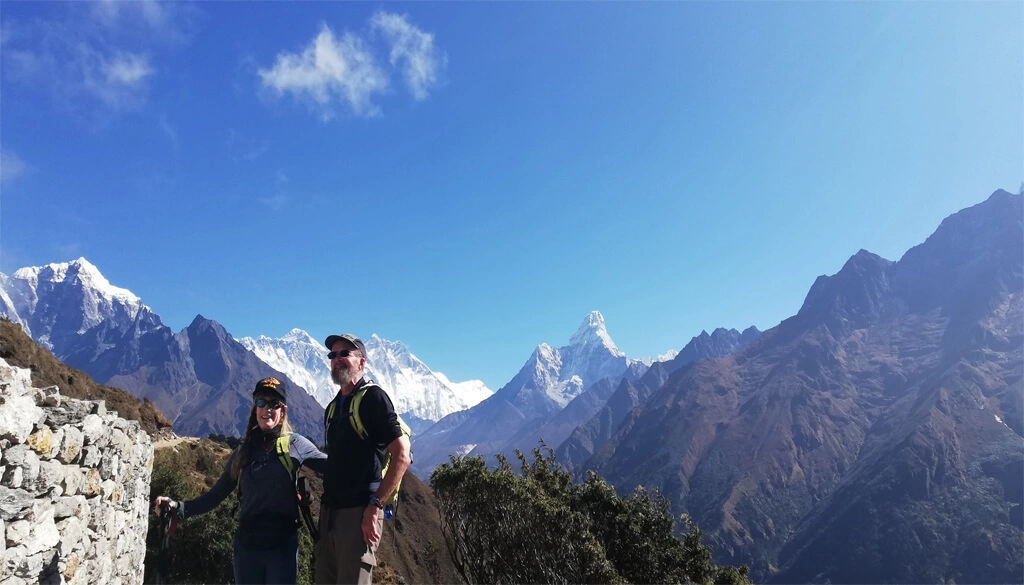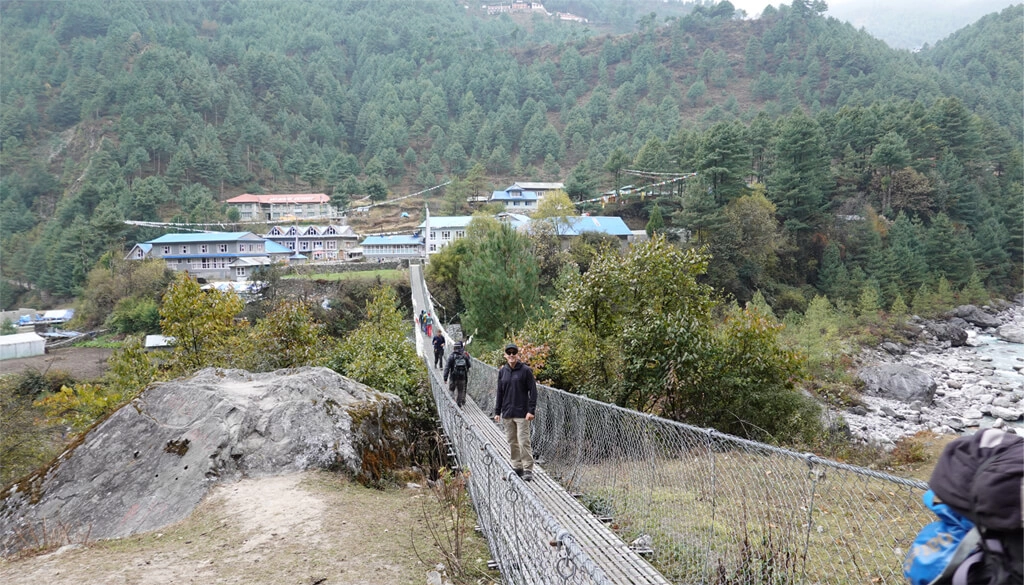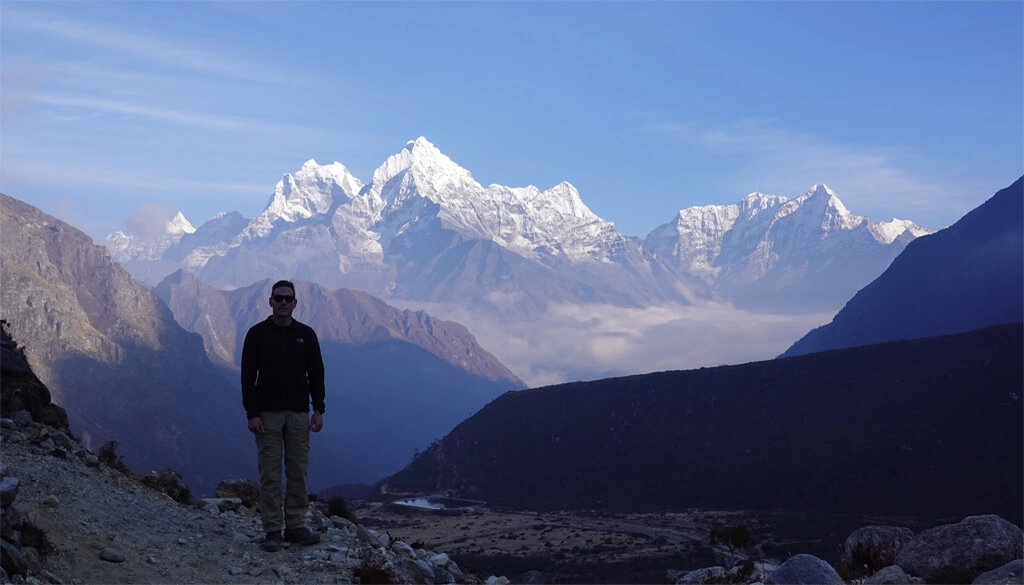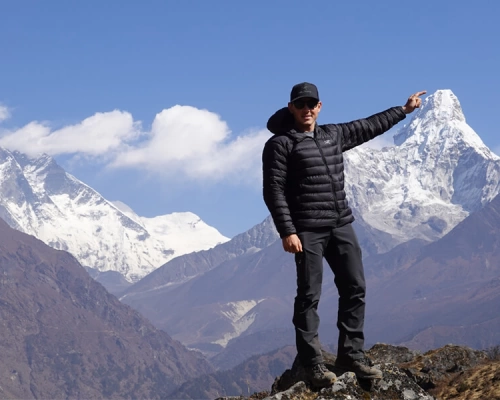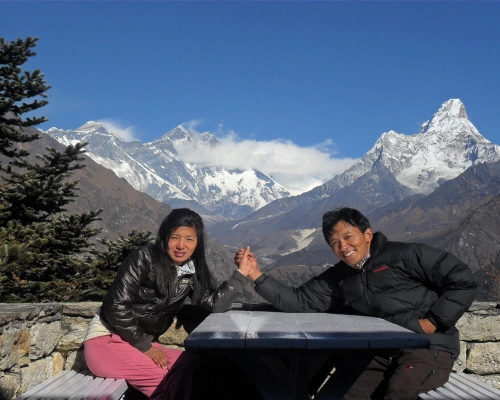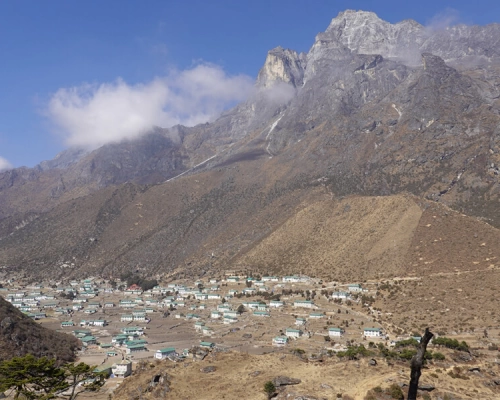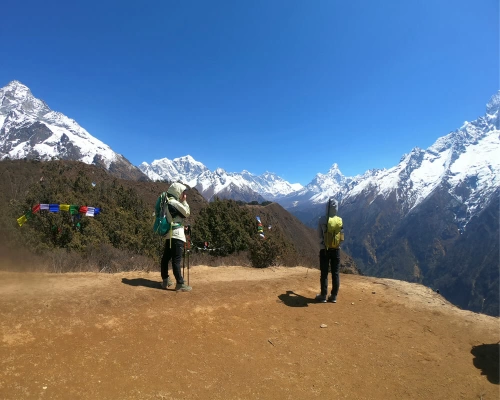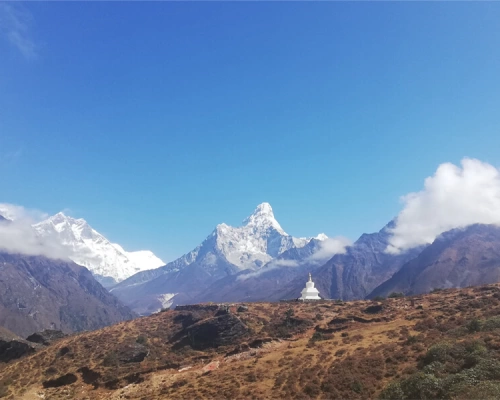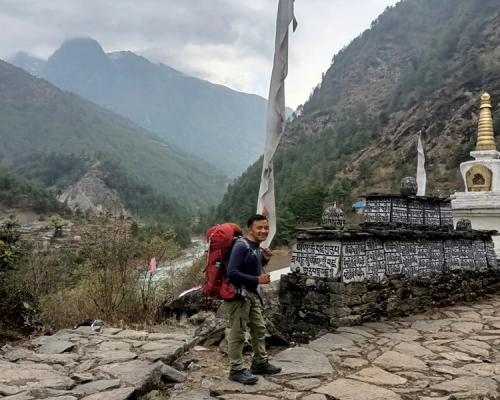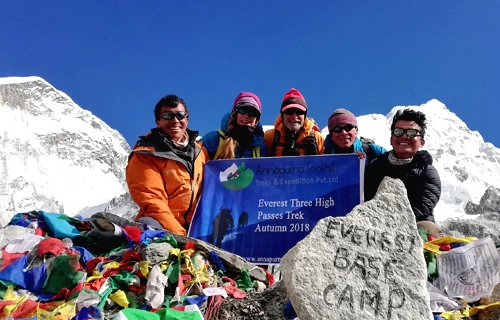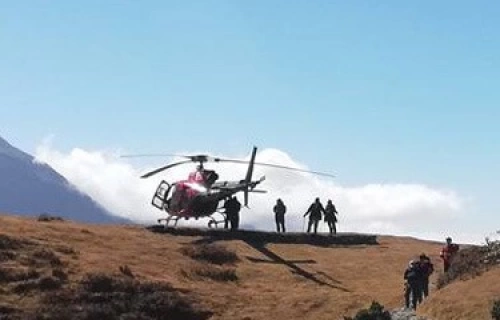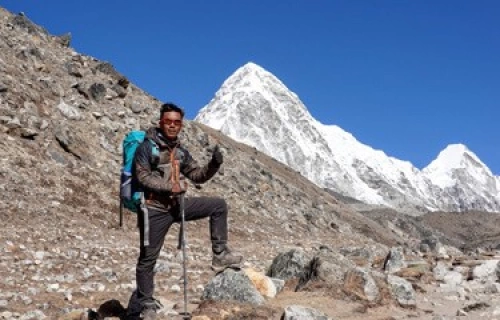About Everest Panorama Trekking
Everest Panorama Trekking has a relaxed pace at a comfortable elevation. This trek is ideal for those who want great views of Mount Everest without going as high as the Classic Trek to EBC. The itinerary for Everest Panorama Trek allows adequate time to acclimatize to the altitude, to savor the rich culture and relish the spectacular views of snow-capped Khumbu legends like Mount Everest (8848.86m), Mount Lhotse (8516m) Ama Dablam (6812m),.... to name a few.
Our Everest Panorama Trekking follows the Classic Everest Base Camp trekking trail through an inspiring valley of green terraced fields, rhododendron and magnolia forests and dominating Sherpa villages. The trail alongside the rushing Dudh Kosi River leads to the bustling Namche Bazaar (3441m), major Sherpa Setlement and Travelers Hub in the region, where we spend two nights for proper acclimatization. Namche Bazaar boasts of fancy restaurants, Internet Cafes, Bakeries and shops as well as great scenery to enjoy while we acclimatize. It is set in a natural basin surrounded by glistening snow-capped peaks and traditional sherpa villages like Khumjung and Khunde.
Heading further up the valley through the forest, we arrive at the famous Buddhist monastery of Tengboche nestled at an elevation of 3850 meters. This centuries old Monastery is the place where climbers across the globe with their team pay a visit to seek blessings before they attempt to summit Mount Everest. From Tengboche, there are spectacular views of some of the world's highest mountains including Ama Dablam, Nuptse, Lhotse, Thamserku and Kantega. These giant ice-walled mountains dominate the landscape and avalanches can frequently be heard rumbling high up amidst the himalayan glaciers.
Many visitors choose to trek in the Khumbu Region to get a close up look at Everest but they come away with something more - an insight into the reality of the challenges that the brave Sherpas face living in this harsh but spectacular region. Income generated from the trekking industry in this remote region has improved access to the area and the standard of living for the people in this region. The simple stone lodges of the Sherpa people provide a comfortable and welcoming rest for weary trekkers.
Before retracing our steps back to Lukla, we visit Khumjung Village, one of the largest Sherpa settlements. The nearby Khunde Hospital and Khumjung School are both legacies of the first International Everest Summiter, Sir Edmund Hillary, who loved and generously helped this region when the region was thriving for such generous support.
Ready to challenge yourself with an interesting climb of a 6000m peak? We organize exciting adventure climbs of Island Peak 6189m and Lobuche East Peak 6119m as an add on climb to any of the Everest region treks. We recommend our guests to do the Everest Base Camp Trek or Gokyo Valley and Everest Base Camp Trek or Khumbu Three High Passes Trek before attempting for either Island Peak or Lobuche East Peak.

